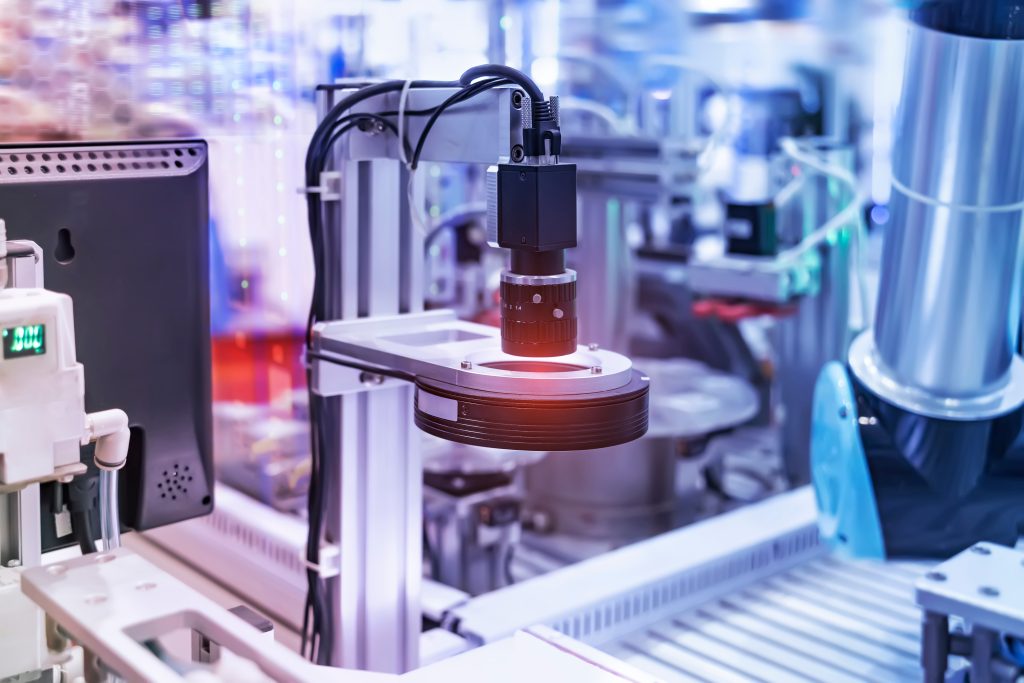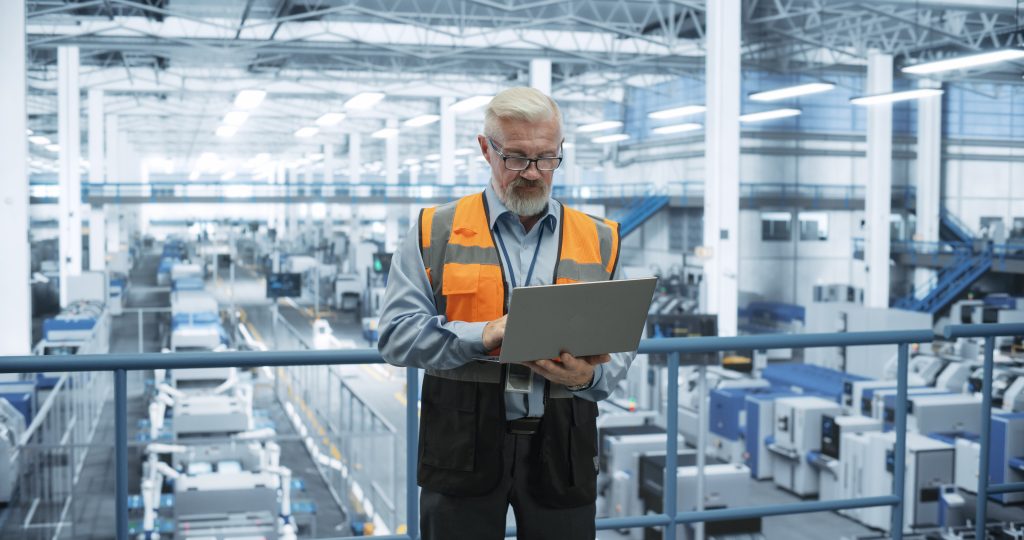Beyond the Hype: How Vision AI is Poised to Revolutionize Enterprise Manufacturing

While recent headlines have been dominated by AI’s impact on back-office operations and customer support, a quieter, yet equally profound, change is unfolding on factory floors across the globe. Computer vision, paired with artificial intelligence (AI) and machine learning (ML), is starting to transform manufacturing in ways that will reshape the industry’s future.
To date, the buzz around AI has largely centered on its ability to automate routine online tasks, enhance customer interactions, and streamline office workflows. But while chatbots answering customer queries, AI-powered phone calls, and auto generated images and videos have captured the public imagination, the real game-changer may be happening away from the spotlight, in the gritty world of precision parts manufacturing.
Computer vision – the technology that allows machines to “see” and interpret visual information – is reaching new levels of sophistication. When combined with advanced AI and ML algorithms, domain specific AI brains bringing superior performance in comparison to human operator’s visual inspection, measured in accuracy, consistency, and speed. Measurable and tangible decision-making capabilities in a highly repetitive production environment. This development is particularly significant for tasks that were previously too data intensive for legacy machine vision implementations.

Here a several ways computer vision is starting to transform manufacturing:
1. Superior Quality Control: Domain specific, SVMs “Brains” are now able to detect defects challenging to the human operators due to demanding inspection cycle time, ensuring a level of quality control that was previously unattainable. From microscopic cracks in airplane critical components to complex welding defects in automotive parts, domain specific AI “Brains” can spot defects and classify imperfections with unprecedented accuracy and speed.
2. Contextual Understanding: Unlike traditional machine vision, modern AI-powered systems can understand context. They can differentiate between a harmless variation and a critical defect, much like a human would, but with greater consistency and speed.
3. Continuous Learning and Improvement: Domain specific AI “Brains” can learn from their mistakes, continuously improving their accuracy over time. They can also share learned information across multiple production lines or facilities, standardizing quality control across an entire organization.
4. Workforce Transformation: While some manual inspection jobs may be displaced, new roles are emerging. Workers are being upskilled to manage and interpret data from these AI systems, creating higher-value jobs in manufacturing.
5. Reshoring Potential: By dramatically increasing efficiency and quality while reducing labor costs, these technologies make it economically viable to bring manufacturing back to locations where labor costs have become prohibitively expensive.
The impact of these advancements extends far beyond individual factories. They have the potential to reshape the entire landscape of precision parts manufacturing. So, while the tech media marvels at AI’s ability to auto-generate emails or schedule meetings, we must not overlook its transformative power in manufacturing.
The integration of computer vision, AI, and ML onto factory work floors isn’t just about automation, it’s about creating smarter, more adaptive, and more competitive industrial ecosystems. As we move forward, it’s crucial to recognize and invest in these less visible but equally important applications of AI.
The future of manufacturing lies not just in competing on labor costs or back-office efficiency, but in leveraging innovative AI technologies to create unparalleled value in the products we make and the ways we make them.